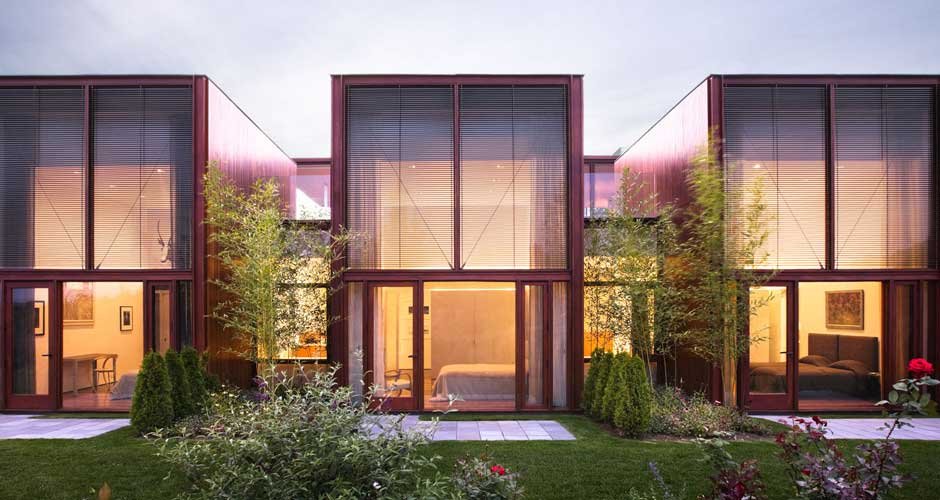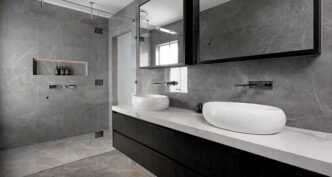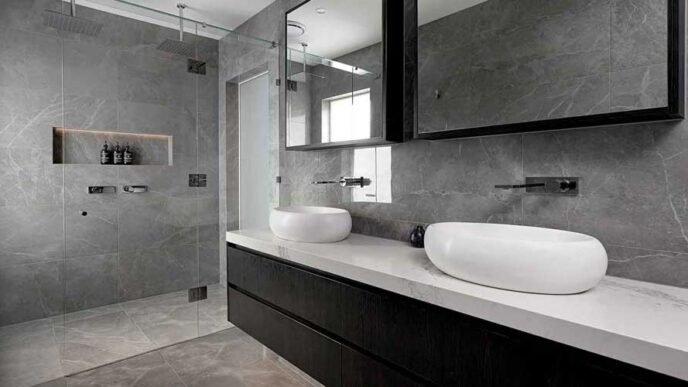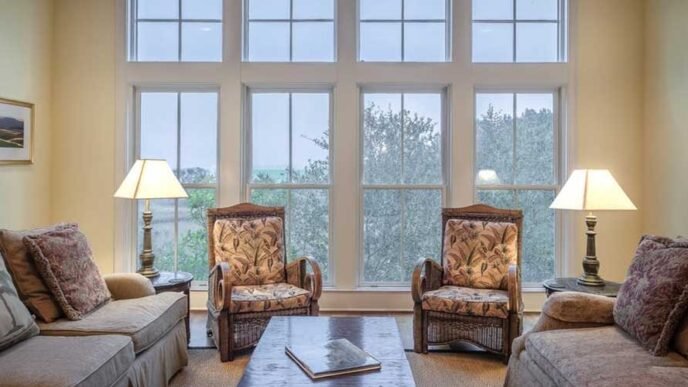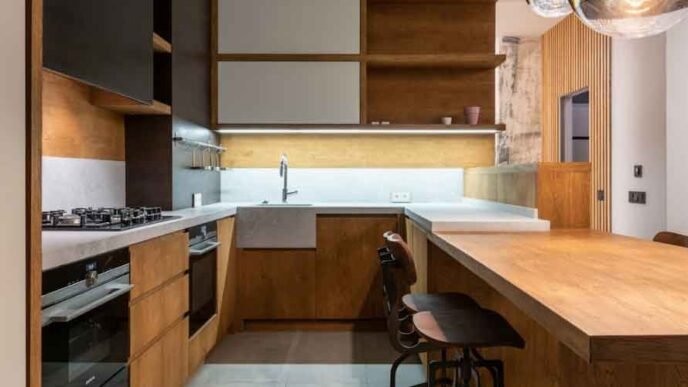In the realm of modern architecture, glazing has emerged as a transformative element that significantly shapes the design and functionality of buildings.
Glazing not only enhances the visual appeal of structures but also plays a crucial role in improving energy efficiency, natural lighting, and environmental sustainability.
These developments paved the way for its widespread use in buildings, transforming architectural design.
As architectural design continues to evolve, understanding the role and benefits of glazing becomes essential for creating innovative and sustainable buildings that meet the demands of the 21st century.
Energy Efficiency
Glazing plays a pivotal role in enhancing the energy efficiency of modern buildings. By using advanced glazing technologies such as perspex secondary glazing, buildings can significantly reduce heat loss during winter and minimise heat gain in summer.
Low-emissivity (Low-E) coatings on glass further improve insulation by reflecting heat back into the room, reducing the reliance on heating and cooling systems. This not only lowers energy bills but also contributes to a reduced carbon footprint.
Natural Light
Glazing is instrumental in maximising the use of natural light within buildings, creating brighter, more inviting spaces.
Large glass panels and strategically placed windows allow sunlight to penetrate deep into interiors, reducing the need for artificial lighting during the day.
This influx of natural light not only enhances the aesthetic appeal of a space but also has numerous health benefits, including improved mood, productivity, and overall well-being.
Additionally, the clever use of glazing can help distribute light evenly, eliminating dark corners and creating a sense of openness and continuity between indoor and outdoor environments.
Aesthetic Appeal
Glazing significantly enhances the aesthetic appeal of modern architecture, offering a sleek and contemporary look that transforms buildings into visual masterpieces.
The use of large, uninterrupted glass surfaces creates a sense of openness and transparency, seamlessly blending indoor and outdoor spaces.
This not only elevates the visual impact of a structure but also allows for creative architectural expressions, such as dramatic facades and panoramic views.
The versatility of glazing enables architects to experiment with various designs, colours, and textures, adding a unique character to each building.
Sound Insulation
Glazing plays a crucial role in providing effective sound insulation in buildings, particularly in urban environments where noise pollution is a common issue.
High-quality glazing solutions, such as double or triple glazing, incorporate multiple layers of glass with air or gas-filled spaces in between, significantly reducing the transmission of external noise.
Laminated glass, which includes a special interlayer, further enhances sound insulation by dampening vibrations. This creates a quieter, more peaceful indoor environment, which is essential for residential comfort and workplace productivity.
Safety and Security
Modern glazing techniques have significantly improved safety and security. Laminated and toughened glass options offer enhanced impact resistance, protecting against break-ins and accidents. Additionally, special coatings can make glass shatterproof, adding an extra layer of security.
Environmental and Sustainability Considerations
Incorporating glazing into buildings plays a vital role in achieving sustainability goals. Glazing solutions that improve energy efficiency contribute to green building certifications like LEED and BREEAM.
Moreover, many modern glazing products are made from recyclable materials, supporting sustainable construction practices.
In conclusion, glazing is more than just a building component; it’s a cornerstone of modern architectural design. By choosing advanced glazing options, you can achieve a balance of functionality and style, creating spaces that are not only beautiful but also sustainable and efficient.
